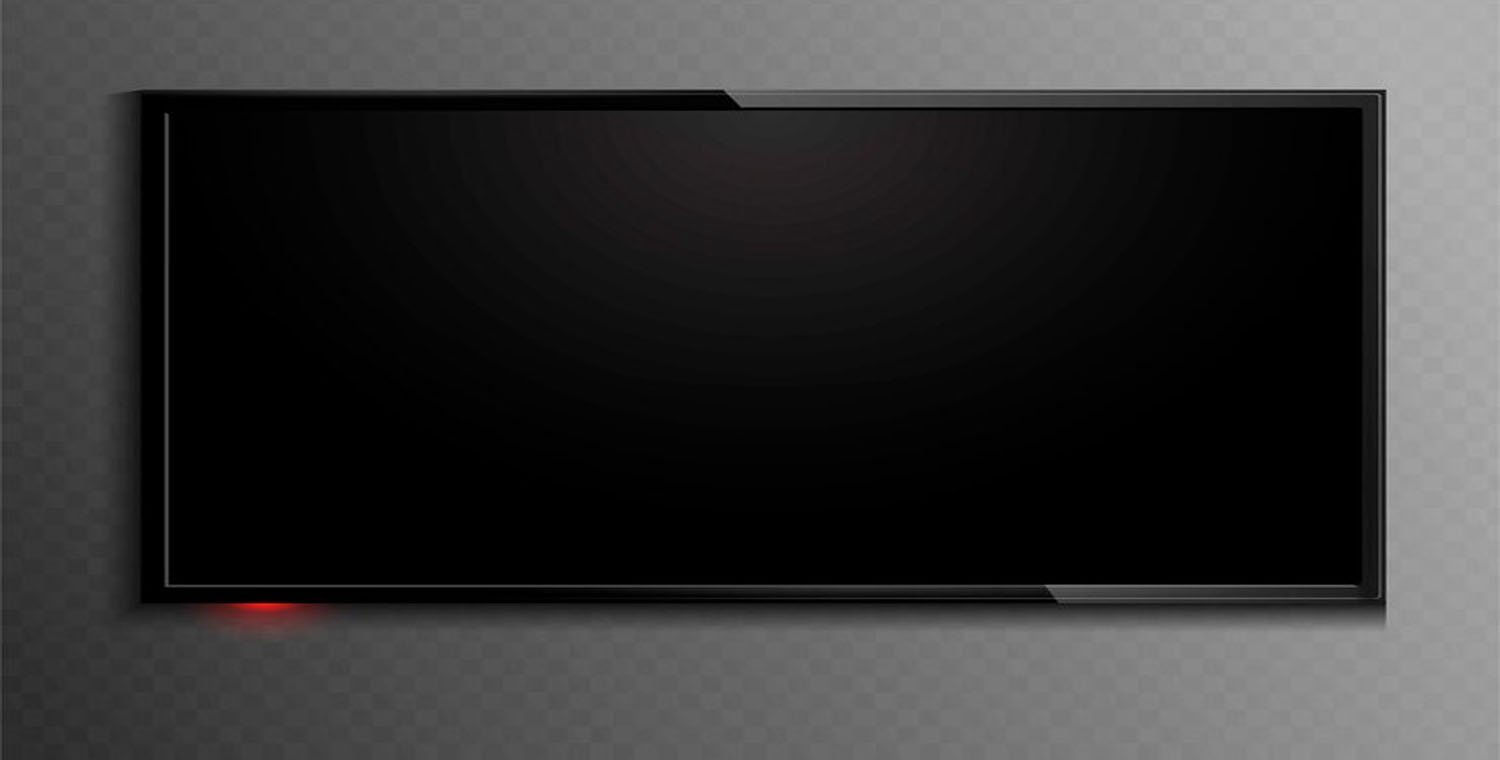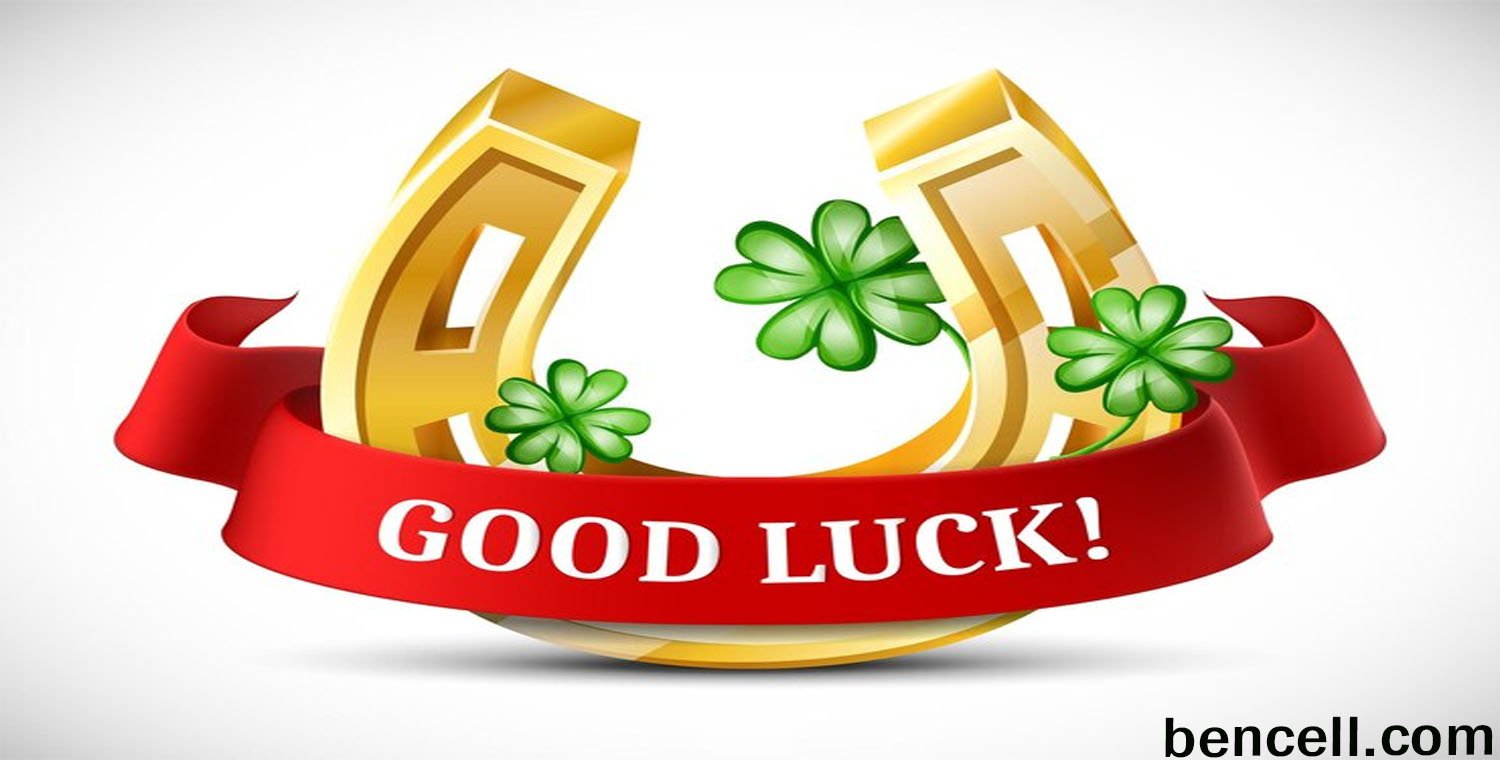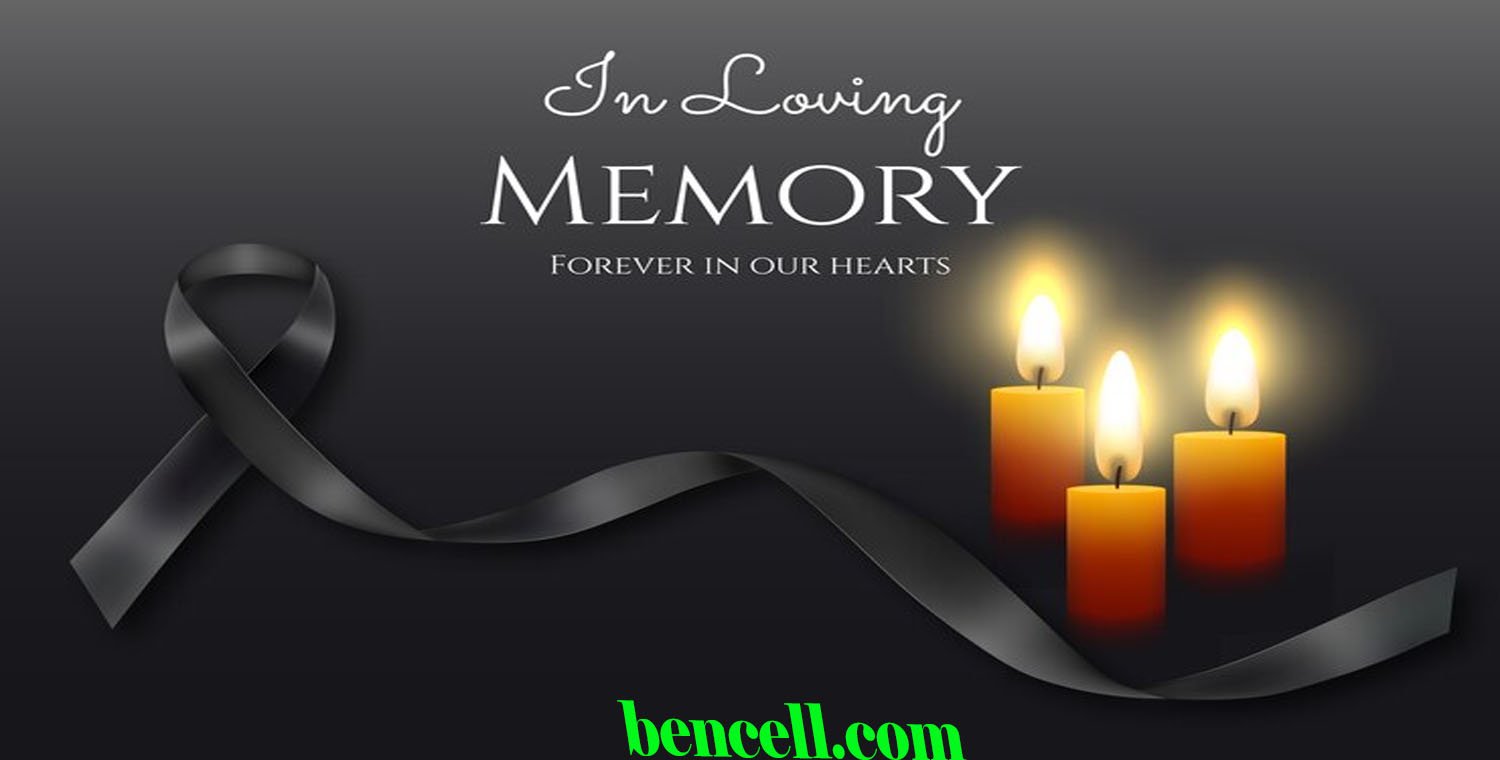In the world of modern art, graphic design, and even in our daily digital experiences, certain symbols, shapes, and motifs take on new significance. One such entity that has recently gained attention is the “blackrectangle.” Often seen as a minimalist shape, it transcends its basic form and plays an essential role in various creative industries, from art and design to web development and branding. In this article, we will explore the importance of the blackrectangle, its uses, and how it has evolved over time.
What is a Blackrectangle?

The term “blackrectangle” refers to a geometric shape, specifically a rectangle, filled with a solid black color. While it might seem like a simple design element, its impact and relevance stretch across various domains of visual culture. A blackrectangle is typically defined by its lack of decoration or embellishment, which is what makes it so versatile. The use of black in the rectangle emphasizes simplicity and sophistication, making it both a powerful and subtle element.
While the blackrectangle may seem ubiquitous in design and modern art, its interpretation can vary depending on its context. From a graphic design tool to an artistic statement, it holds a multifaceted role that can evoke different emotions or serve particular purposes in diverse fields.
The Blackrectangle in Art and Minimalism
Minimalism is a significant art movement that focuses on simplicity and reduction. The blackrectangle serves as a quintessential example of minimalism, reducing complex ideas or emotions into simple geometric shapes. Many minimalist artists use the blackrectangle to strip down unnecessary elements, emphasizing pure form and the interaction of space and color.
The blackrectangle in art often symbolizes the absence of everything unnecessary, providing viewers with a clear and direct interaction with the work. Its stark color and form may provoke various interpretations, from a feeling of void or emptiness to an exploration of balance, contrast, and composition.
Artists like Donald Judd, Ellsworth Kelly, and Yves Klein have all used shapes similar to the blackrectangle in their minimalist work. In these contexts, the blackrectangle is not just a decorative element, but rather a deliberate choice to convey complex themes like space, perception, and the essence of materiality.
Blackrectangle in Graphic Design and Branding
In graphic design, the blackrectangle is often employed for its clean lines and impactful visual presence. It can be used as a framing device, a background, or as a fundamental building block in creating logos, advertisements, and websites. The blackrectangle’s sharp boundaries help to draw the viewer’s attention to specific content or focal points within the design.
Furthermore, the color black has connotations of power, elegance, and sophistication. As such, the blackrectangle is frequently utilized by high-end brands and luxury companies looking to convey a premium, high-class image. The simplicity of the blackrectangle makes it a perfect tool for high-impact, yet elegant designs, creating a bold statement without overwhelming the audience.
Brands that are known for using black as a dominant color, such as Chanel, Prada, and Apple, often incorporate black rectangles or similar geometric shapes in their logos and marketing materials. The simplicity and boldness of these designs make them instantly recognizable, reinforcing the brand’s identity in a very direct and impactful way.
Blackrectangle in Digital Design and UI/UX
When it comes to digital design, blackrectangle plays an important role in user interfaces (UI) and user experiences (UX). The rectangle shape itself is commonly used to create buttons, banners, navigation bars, and content blocks in web and app design. The use of a blackrectangle in this context provides a visual anchor and structure, allowing users to easily navigate and interact with digital spaces.
Black as a color is often employed in web design due to its high contrast with other elements, which helps increase readability and functionality. By placing text or icons within a blackrectangle, designers can make content stand out, ensuring that it catches the user’s eye and is easy to interact with.
Furthermore, in the world of UX, the blackrectangle can be used to indicate focal points, such as calls to action (CTAs) or important messages. The subtle yet assertive presence of the blackrectangle enhances the functionality of a site or app, ensuring that users can easily understand the hierarchy of information and act on it accordingly.
The Psychological Impact of Blackrectangle
Color psychology plays a key role in understanding how shapes like the blackrectangle affect individuals. The color black is often associated with power, authority, and elegance. It can also evoke feelings of mystery, sophistication, and formality. When combined with the sharp edges and simplicity of a rectangle, the blackrectangle can convey a sense of control, stability, and even exclusivity.
For example, in advertising, the use of a blackrectangle can create a bold impression, capturing the attention of the viewer and establishing a sense of luxury and confidence. The absence of other colors within the blackrectangle may also evoke a feeling of emptiness or void, which can encourage deeper reflection or thought. It’s this combination of simplicity and emotional impact that makes the blackrectangle such a powerful tool in both art and design.
The Versatility of Blackrectangle Across Industries
The blackrectangle’s adaptability makes it a prominent visual tool across a wide range of industries. Whether it’s used in art, design, branding, or digital interfaces, its purpose remains consistent: to create clarity, focus, and a bold visual statement. Some notable areas where the blackrectangle has made an impact include:
In Fashion and Product Packaging
Many luxury brands use black rectangles in their product packaging, reinforcing the idea of sophistication and high quality. The blackrectangle serves as an elegant backdrop for the brand name or product description, allowing the product itself to stand out. The use of black, paired with minimalistic design, highlights the premium nature of the product, making it appear sleek and modern.
In Film and Television
In the world of film, a blackrectangle might be used to create visual interest or signify a certain mood or tone. A common example is the use of a blackrectangle in movie titles or opening credits. The rectangle may frame text or images, establishing an immediate sense of gravitas or professionalism. Furthermore, black rectangles are sometimes used to block out sections of a screen to highlight specific details or emphasize certain themes.
In Architecture and Interior Design
Architectural designs often incorporate the blackrectangle as a form of visual contrast or emphasis. This might manifest in the layout of a building, in the shape of windows, or in interior décor. The rectangle serves as a foundation upon which designers can build, adding other elements of texture, color, and form while maintaining an underlying sense of structure and balance.
Blackrectangle in Digital Media: A Growing Trend
With the growing emphasis on simplicity in digital media, the blackrectangle has found its place as a popular visual element in web design, social media graphics, and mobile apps. As online content continues to evolve, users are becoming more accustomed to clean and minimalist aesthetics, with black rectangles becoming a key feature in guiding users through content.
In platforms like Instagram, Twitter, and even TikTok, the blackrectangle often frames content, from quotes to images, reinforcing the idea of clarity and focus. As more brands adopt this minimalist approach, the blackrectangle’s influence is becoming even more pronounced in digital marketing.
Conclusion: The Enduring Power of Blackrectangle
While the blackrectangle may seem like a simple and understated design element, its role and influence in the creative world are undeniable. From its use in modern art to its impact on branding, digital design, and advertising, the blackrectangle continues to prove that less can be more. Its minimalist form allows it to transcend industries and adapt to various contexts, always carrying with it a sense of sophistication, authority, and clarity.



